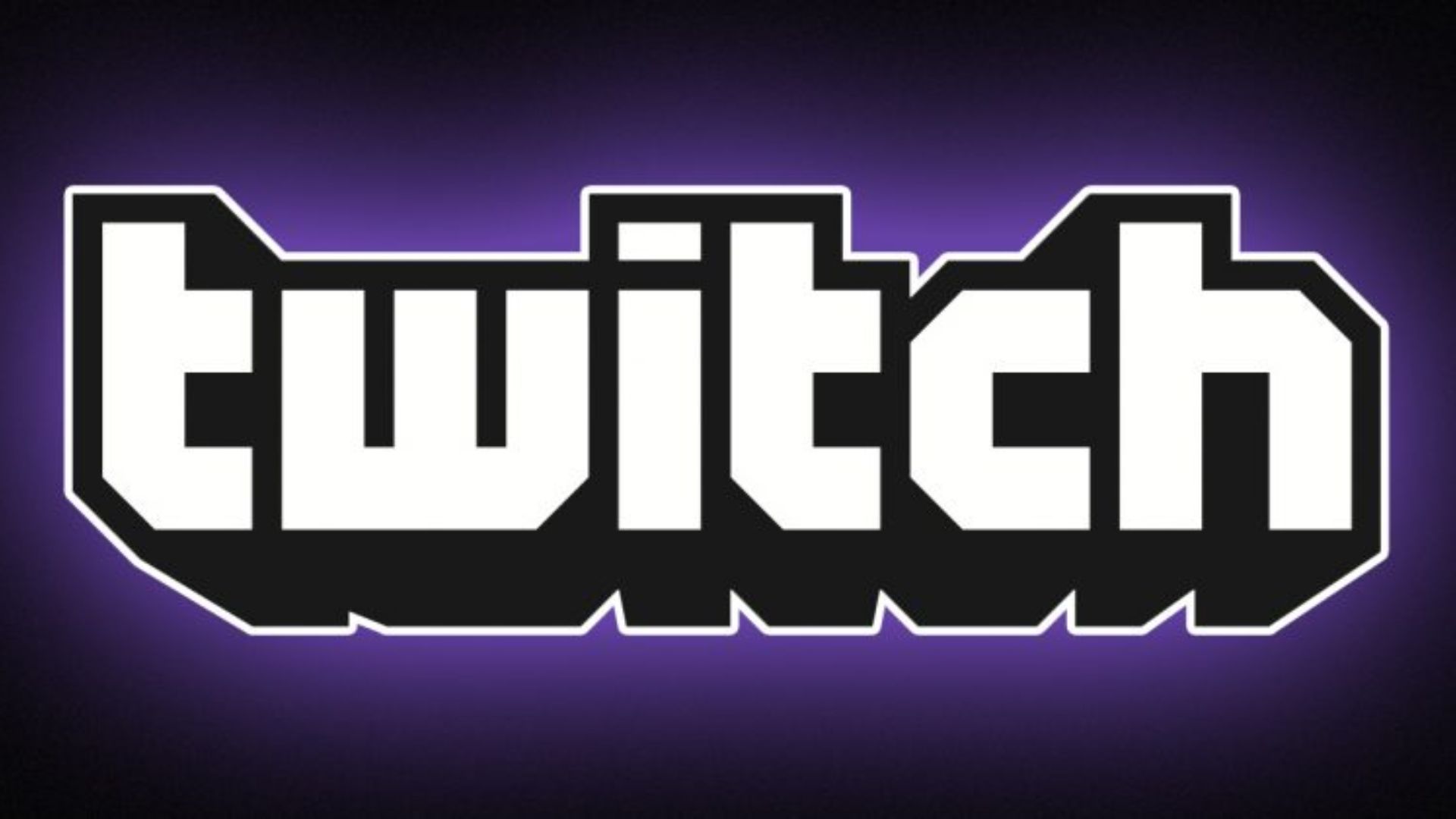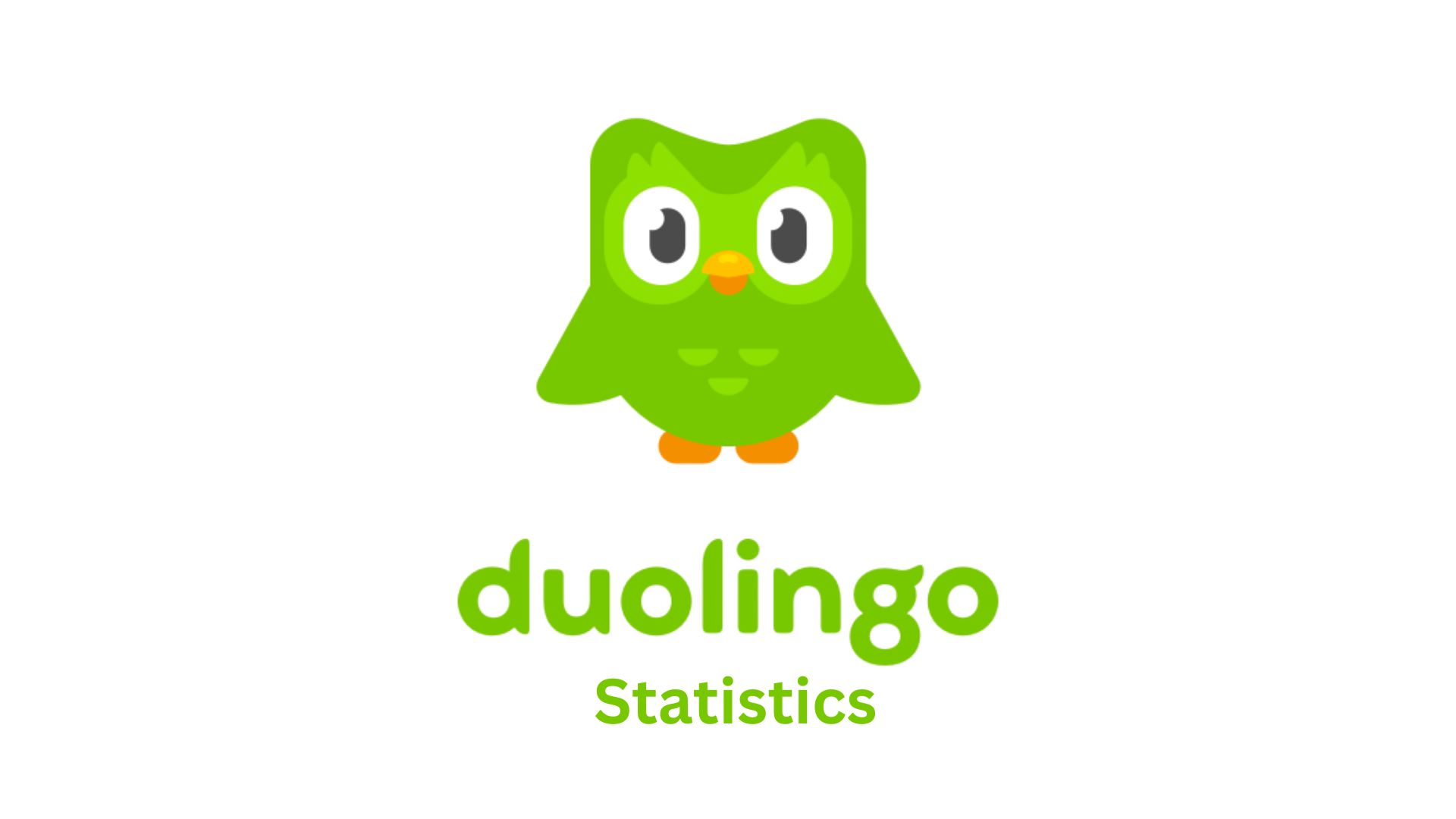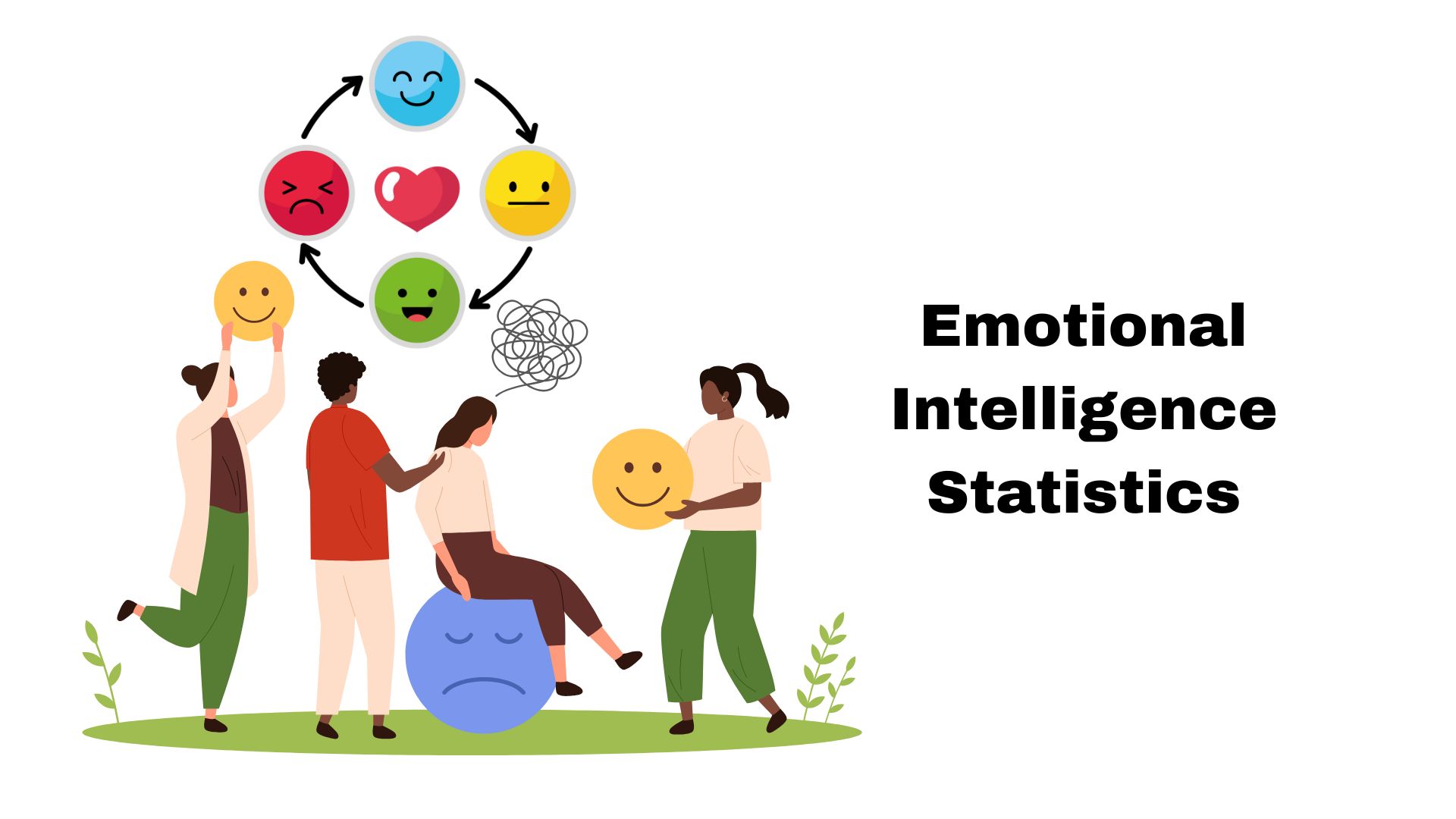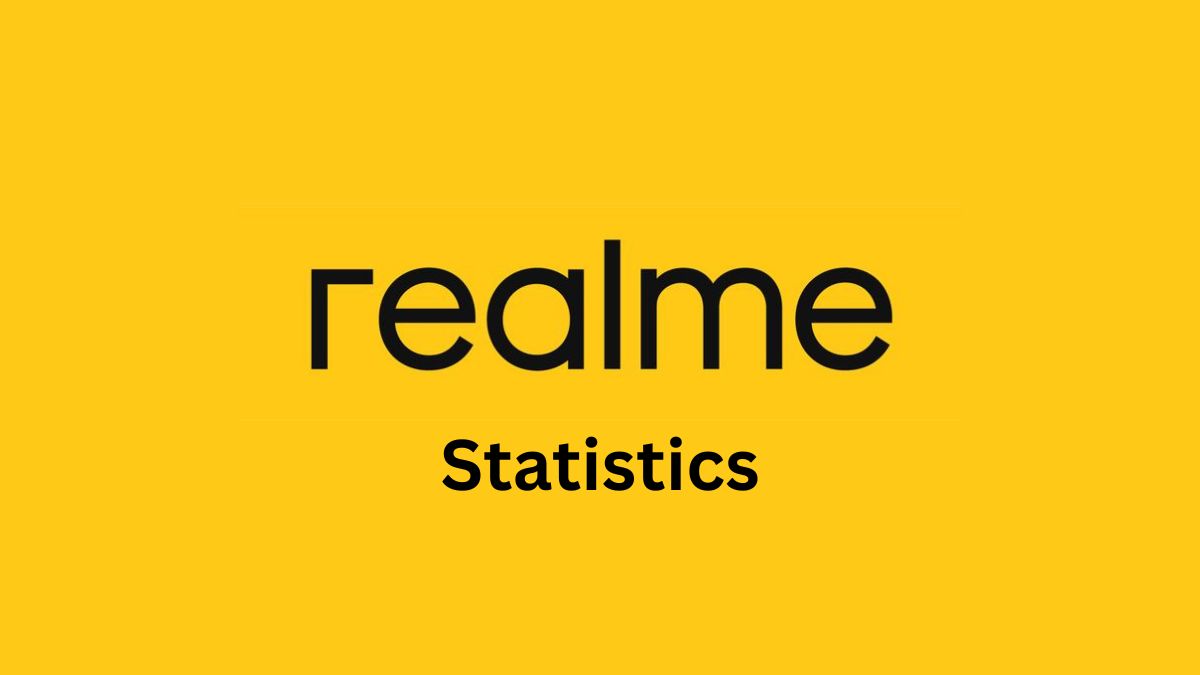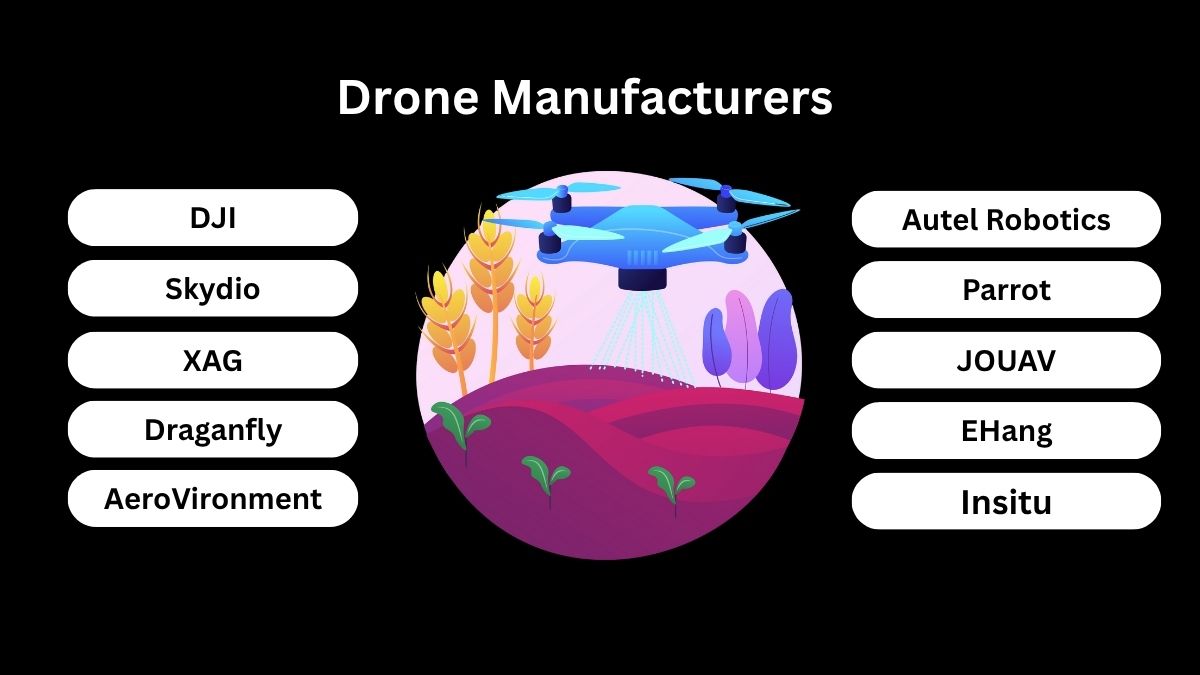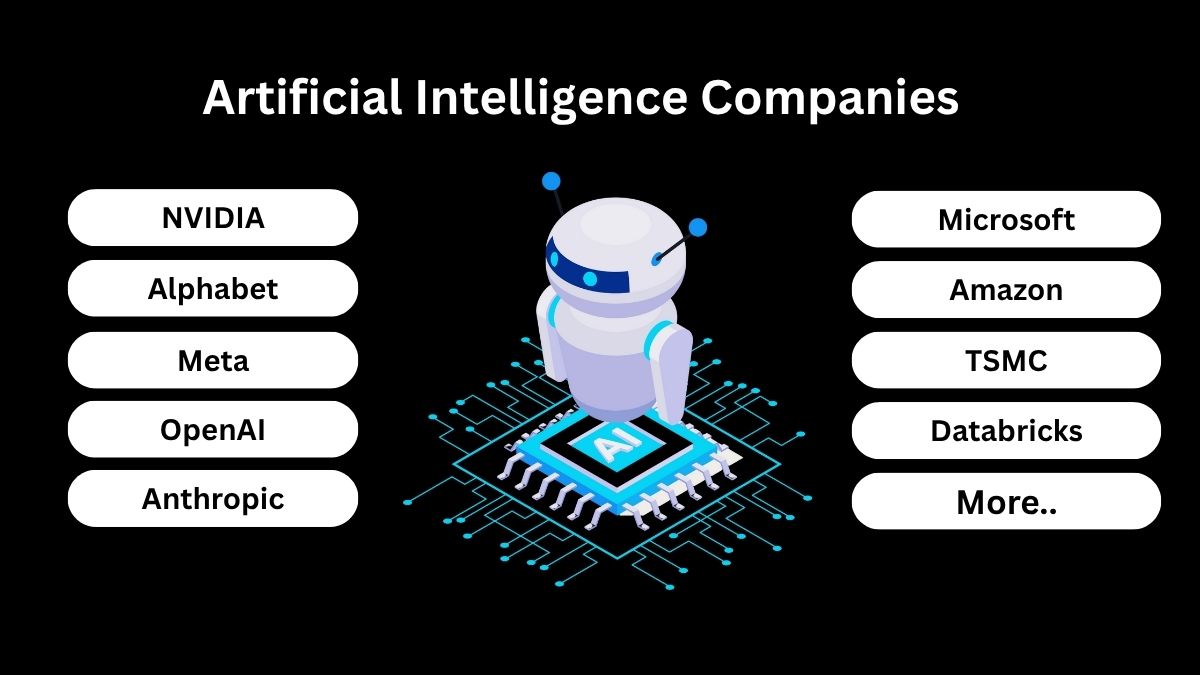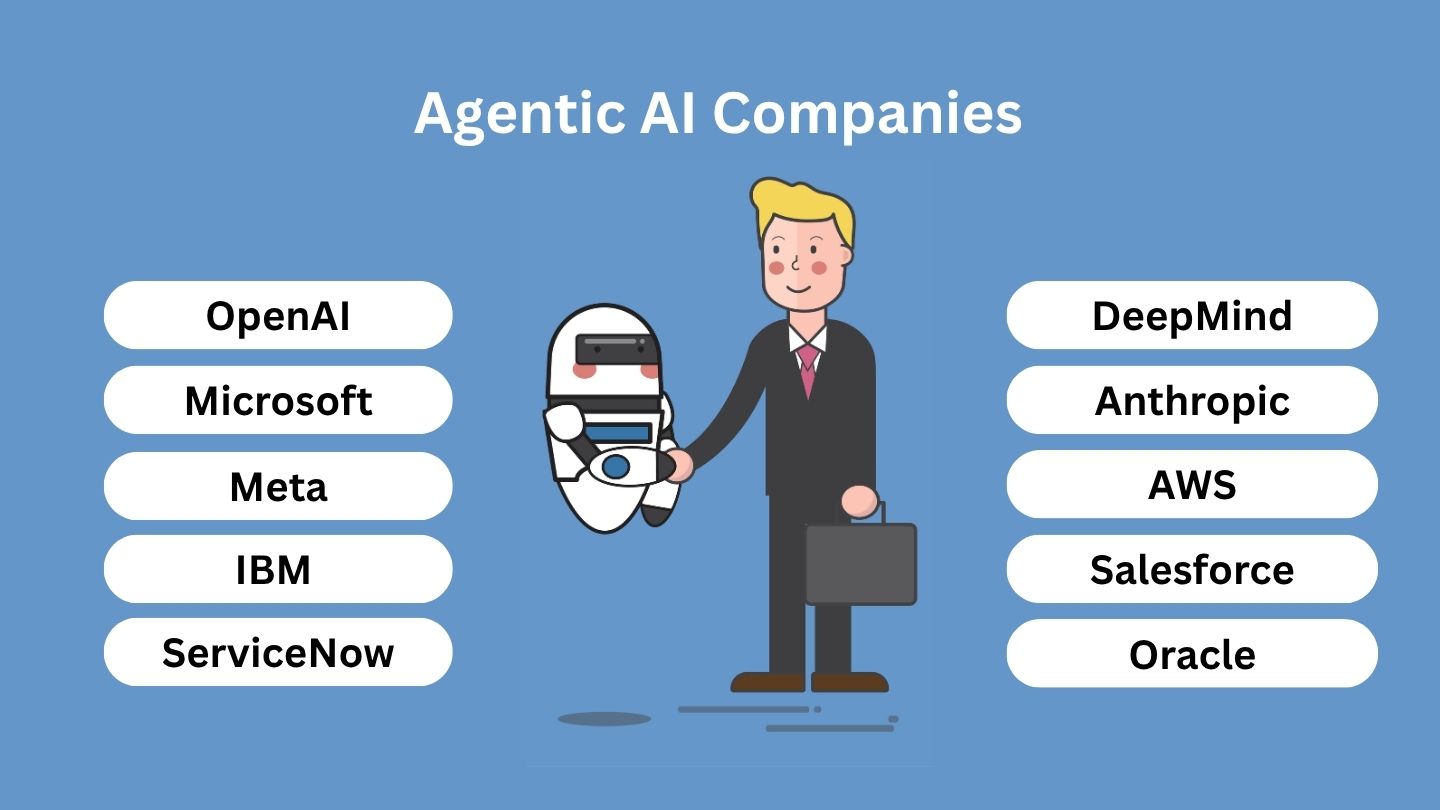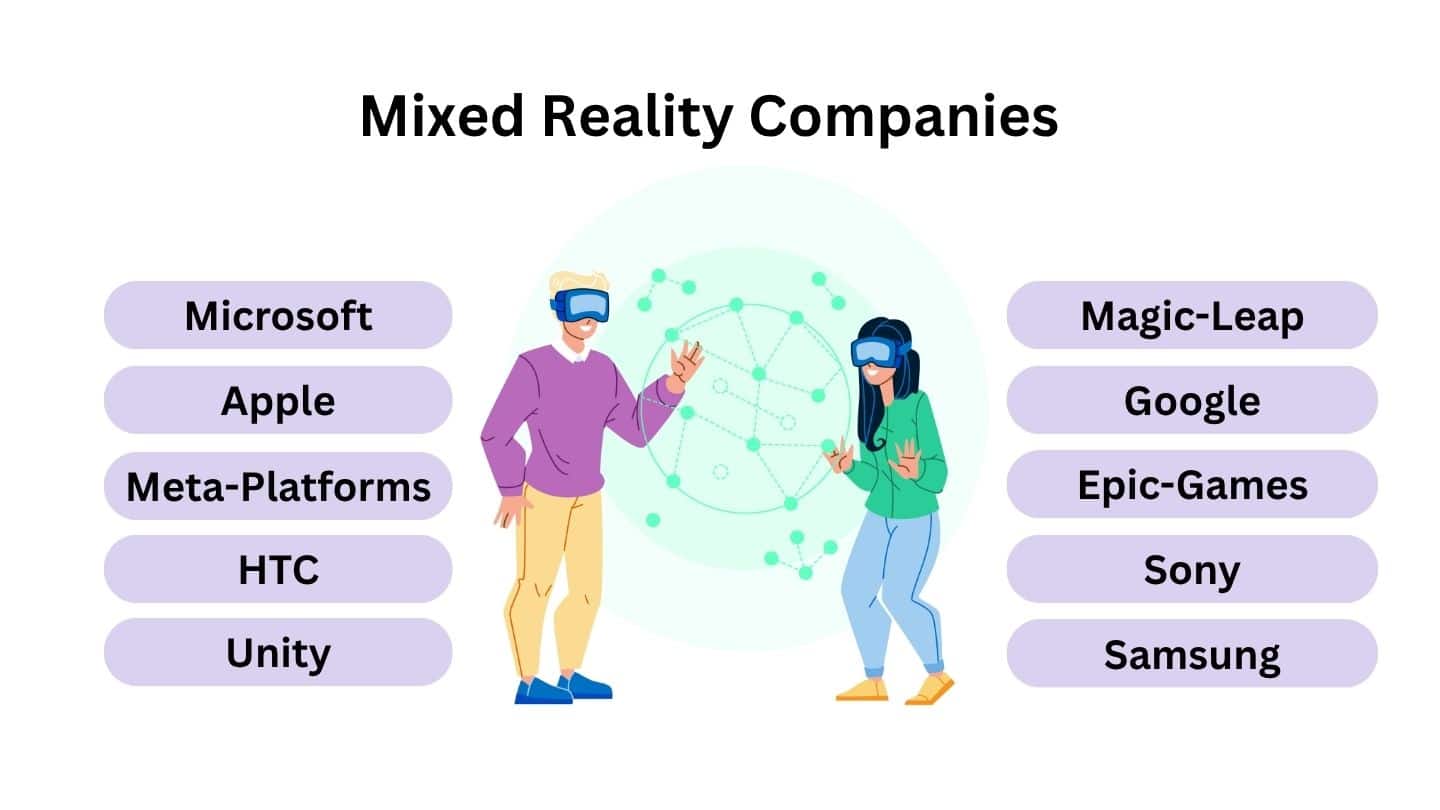Mistral AI Statistics By Revenue And Facts (2025)
Updated · May 21, 2025
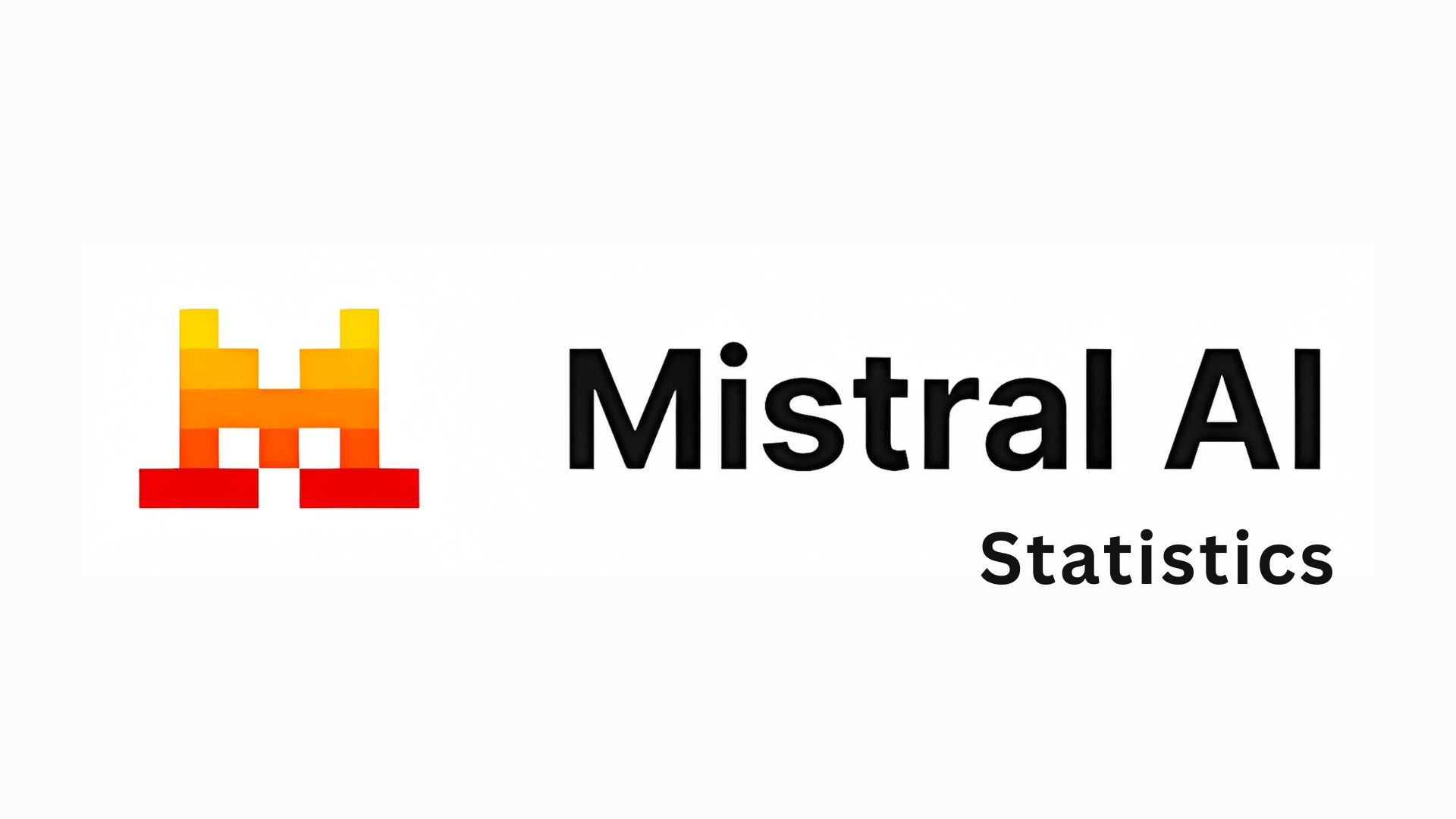
Table of Contents
Introduction
Mistral AI Statistics: Founded in April 2023 by former DeepMind and Meta researchers, Mistral AI is a Paris-based startup specializing in open-source large language models. The company has rapidly ascended in the AI sector, securing a total of $1.2 billion across four funding rounds. Its Series B round in June 2024 raised $640 million, comprising $503 million in equity and $142 million in debt, elevating its valuation to $6 billion.
In addition to its funding success, Mistral AI has formed strategic partnerships to bolster its market presence. In February 2024, the company entered into a collaboration with Microsoft, which included a €15 million investment and the integration of Mistral’s models into Microsoft’s Azure platform. Furthermore, in July 2024, Mistral AI partnered with BNP Paribas to enhance the bank’s operations in customer support, sales, and IT through the application of generative AI.
Mistral AI’s flagship model, Mistral 7B, is a 7-billion-parameter open-source language model released in September 2023. The company continues to develop advanced AI models, positioning itself as a formidable competitor in the global AI landscape.
This article explores the Mistral AI statistics progress in 2024, highlighting some of the key achievements and opportunities along the growth path.
Editor’s Choice
- From 2023 through 2024, Mistral AI revenues rose from US$10 million to about US$30 million, with demand growing for its adoption and marketing into 2025 at US$60 million.
- Mistral’s valuation jumped from US$260 million in June 2023 to US$6.2 billion in June 2024, indicating strong investor confidence in the rapid growth.
- The company got US$113 million in seed funding (June 2023), US$415 million in Series A funding (December 2023), US$16 million in a Series A extension (February 2024), and US$640 million in Series B (June 2024).
- “Mistral Small 3”, a 24 billion-parameter LLM, is an efficient one competing with the likes of “Llama 3.3 70B” and “Qwen 32B”. It is open-sourced under the Apache 2.0 license.
- Being latency-sensitive, “Mistral Small 3” takes the lead on such tasks in the competition, beating competitors on evaluation like MMLU Pro and GPQA, and is available via Hugging Face, Kaggle, and Amazon SageMaker.
- Mistral has entered a multi-year partnership with Microsoft and integrated its models into Azure AI. It also works with Amazon, Databricks, and Anthropic in expanding its outreach and in AI safety research.
- Being the flagship model of Mistral AI, Mistral Large is multilingual, surpasses others on benchmarks such as Mistral Medium and Small, and stands toe-to-toe with OpenAI’s GPT-4 in terms of capabilities.
- Mistral AI statistics indicate that Mistral aims at training models up to 200 billion parameters by 2024 and reaching the trillion parameter level by 2025, aiming for huge improvements in accuracy and generating US$15 billion worth of value for enterprises.
- Subsequently, the plan is for the implementation of unsupervised pretraining techniques by 2026, followed by the actualization of full-fledged real-time comprehension of language superior to human beings by 2027.
General Facts
- The leading generative AI player across Europe, Mistral, was founded in 2023 by erstwhile AI researchers from Meta and Google DeepMind.
- Quicker to come to the limelight for its technical accomplishments than the giants from the U.S., the company was the third-best moneymaker in 2024.
- The company’s valuation is above US$6 billion, with a capital raised of over half a billion in 2024 alone.
- In contrast to their U.S. competitors like Microsoft, Google, and Amazon, where funding is way ahead, this measure of success reminds us that innovation and strategy are still the key.
- One of Mistral’s strong points is its commitment to open-source AI development, with code for models such as NeMo12b and MML2 available to the public, although registration is required for MML2.
- Before MML2, all Mistral models were fully open and accessible, setting it apart from rivals like OpenAI and Google, whose top-tier models require paid access and have closed codebases.
- By mid-2024, even companies like Meta began supporting open-source AI, indicating that Mistral was ahead of the industry curve in promoting open development.
- Another distinct feature of Mistral’s models is their compact size. MML2, for example, has around 123 million parameters and can run efficiently on small servers with a few GPUs.
- Despite being smaller in scale, MML2 performs nearly as well as much larger models like GPT-4o, Llama 3.1, and Claude 3.5 Sonnet, falling short by only about four percentile points.
- Mistral’s models also excel in hallucination benchmarks, showing a reduced tendency to produce false or fabricated outputs.
- All Mistral models are trained in a wide range of languages, including English, French, Chinese, and Hindi, enhancing their global applicability.
- In July 2024, Meta and Apple pulled their new AI models from the EU market due to regulatory conflicts, effectively removing themselves from a 450 million-strong user base.
- This move reduces competition for Mistral in Europe, giving it a strategic advantage in its home region.
- Being based in Paris, Mistral is more familiar with EU regulatory frameworks, giving it an edge over American companies facing compliance challenges.
- With fewer global rivals in the European market, Mistral could grow further shortly.
Mistral AI Revenue
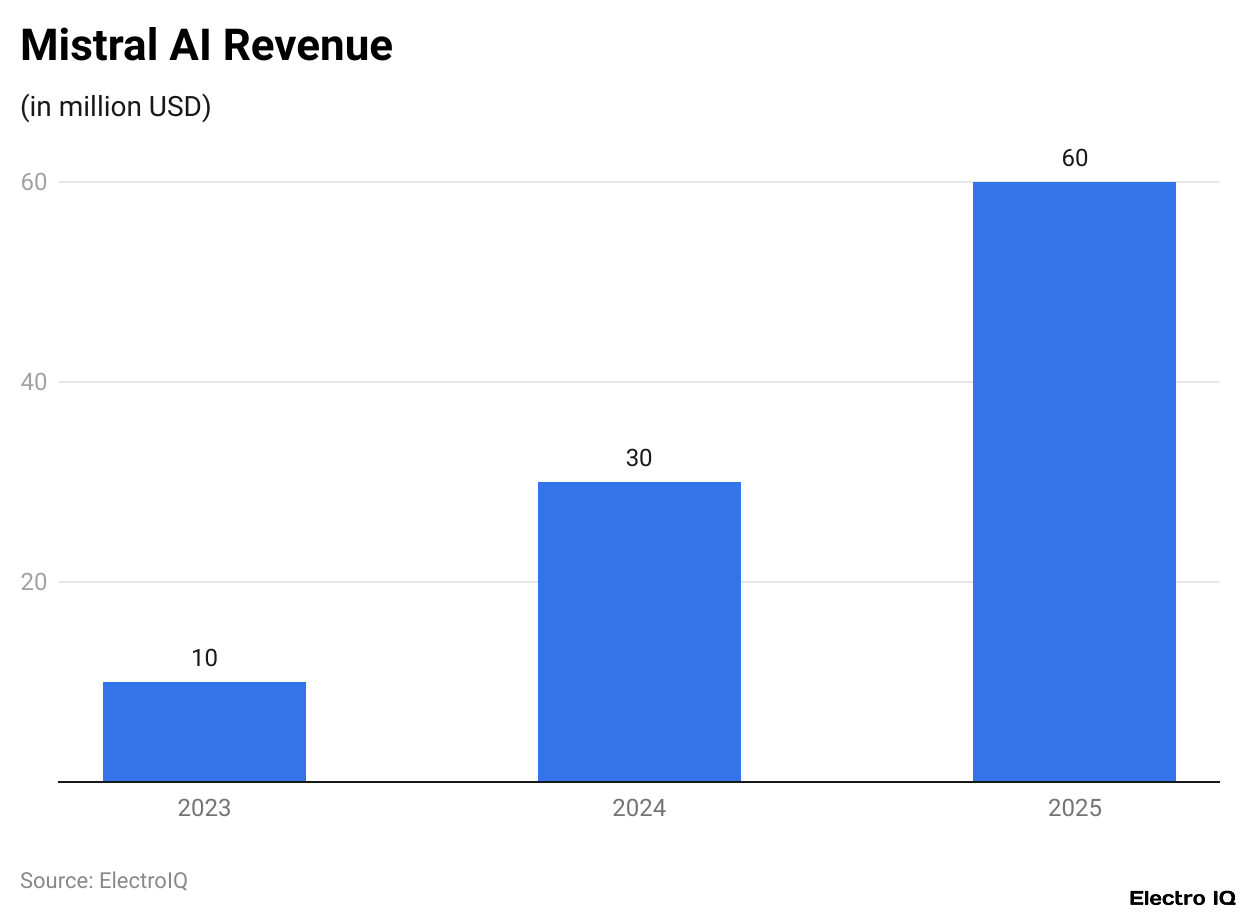
(Reference: taptwicedigital.com)
- Since Mistral AI’s inception, its revenue has been experiencing an increasing trend.
- According to Mistral AI statistics, with 2023 being its first year of commercial operations, the company earned an estimated revenue of US$10 million (around €9.3 million), with growth of threefold in 2024 to reach estimated revenues of US$30 million (approximately €28 million) on account of increased acceptance of its models, which were incorporated into enterprise systems through partnerships.
- Revenues shall stand at the projected US$60 million (€56 million) in 2025, which would see a 100% year-on-year growth.
- Still being on an ascent, the revenues represent growing confidence in the market and growing demand for Mistral’s products and services, particularly in Europe, where it faces little competition and benefits regulation-wise.
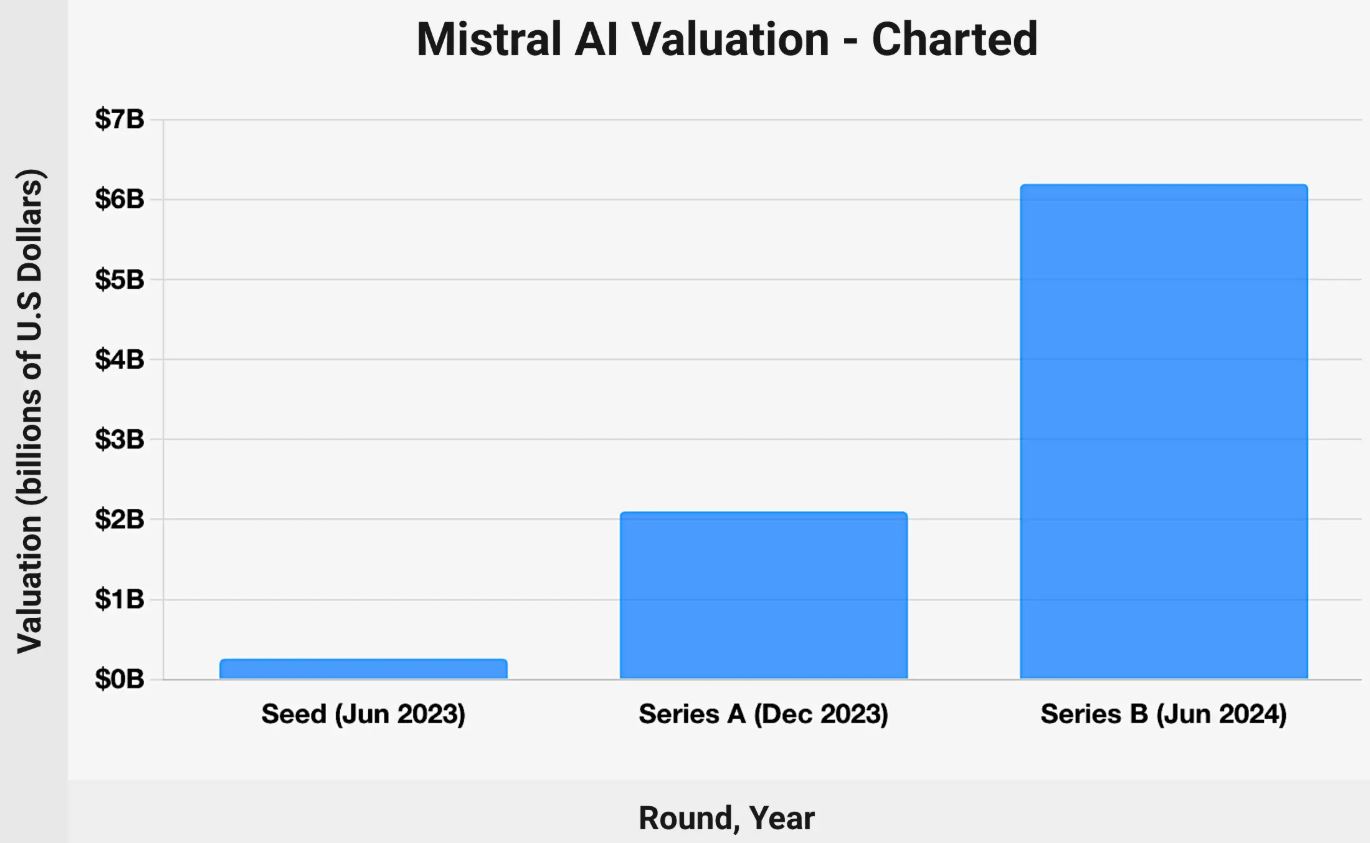
(Source: taptwicedigital.com)
- Mistral AI statistics reveal that the platform began its funding process in June 2023 by raising money in a seed round, valuing it at US$260 million (€240 million).
- Merely six months later, in December 2023, the company grabbed another chunk of capital through its Series A round, pushing its valuation to US$2.1 billion (€2 billion).
- In June 2024, the Series B round was closed, setting the valuation even higher, towards the US$6.2 billion mark (€5.8 billion).
- This rapid growth in valuation, within a year, shows strong investor confidence in Mistral’s technology and the big potential it poses on the crowded AI playing field.
Mistral AI Funding

(Source: taptwicedigital.com)
- The funding journey began in June 2023 with a seed round, with an impressive sum of US$113 million (around €105 million) raised, putting the company’s valuation at US$260 million (€240 million).
- Mistral AI statistics depict that in a matter of six months, in December 2023, the company entered its Series A round and raised US$415 million (₡385 million), boosting its valuation to a brilliant US$2.1 billion (€2 billion).
- This momentum was followed by an extension of the Series A round in February 2024, with US$16 million (around €15 million) raised, while maintaining the US$2.1 billion valuation.
- And then, as June 2024 came in, a strong Series B round was initiated, where Mistral AI added another US$640 million (€600), pushing the valuation to an extremely impressive US$6.2 billion (€5.8 billion).
Mistral Small 3 – High-Performance, Efficient Open-Source LLM
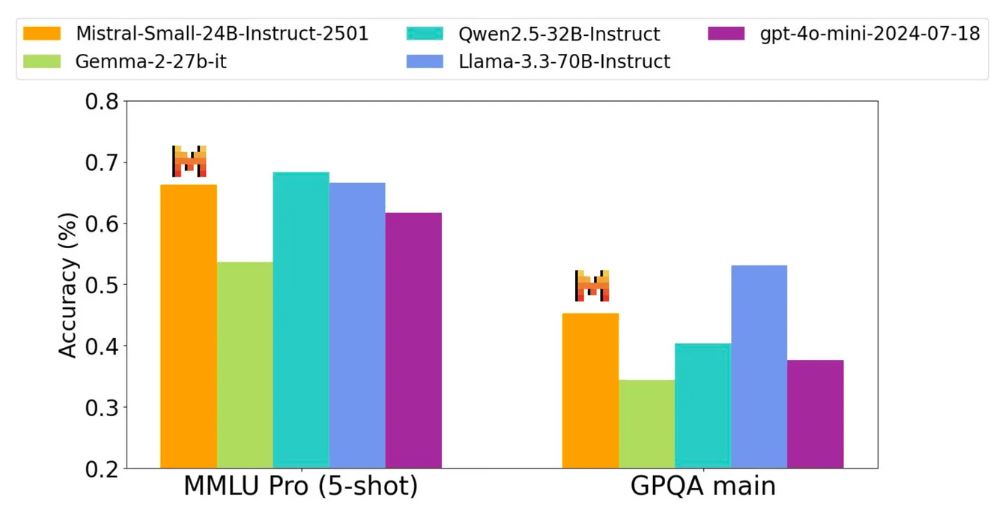
(Source: dataphoenix.info)
- Mistral Small 3 is a 24 billion parameter large language model (LLM optimised for efficiency and low latency.
- It is designed for various language and instruction-following tasks.
- It competes with much larger models like Llama 3.3 70B and Qwen 32B in performance.
- It is envisioned to be a viable alternative to closed-source models like GPT-4o-mini.
- The model is made available under the Apache 2.0 license, in keeping with Mistral AI’s commitment to open source.
- Availability ranges across platforms like La Plateforme, Hugging Face, Ollama, Kaggle, Together AI, and Fireworks AI.
- Appointments are in the works for NVIDIA NIM, Amazon SageMaker, Groq, Databricks, and Snowflake.
- Human preference evaluations favoured the Mistral Small 3 over Gemma 2 27B and Qwen 2.5 32B for generalist and coding tasks.
- In comparison with GPT-4o-mini, Mistral Small 3 was slightly disfavored on the whole but prevailed on important benchmarks like MMLU Pro and GPQA (main), from which Mistral Small 3 immensely benefited.
- The model is particularly viable for low-latency use cases such as chatbots, function calling, and expert systems.
- Quantised models are tuned to consumer-grade hardware such as RTX 4090 GPUs and MacBooks with 32GB RAM.
- The base model does not come with reinforcement learning or synthetic data training, so it is fully customisable in terms of fine-tuning.
- Early adopters are employing the model for finance (fraud detection), healthcare (patient triage), robotics (on-device control), and customer service.
Mistral AI Employee Growth
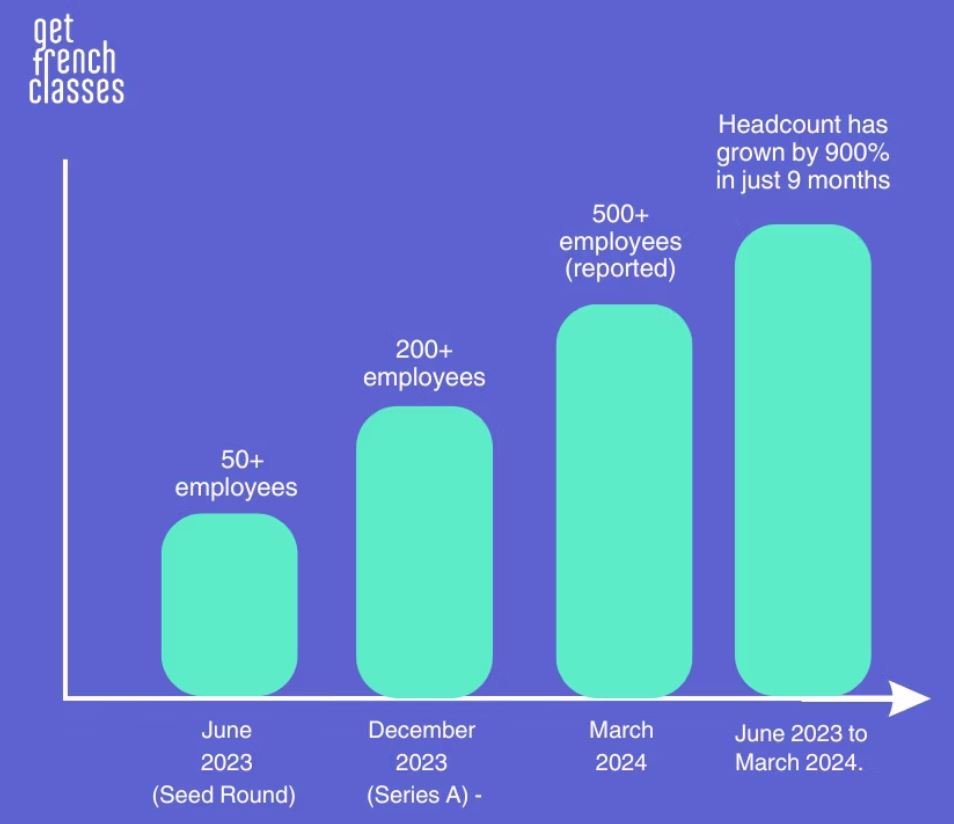
(Source: getfrenchclasses.com)
- In June 2023-the time of the seed funding round-Mistral AI had over 50 employees. Post-Series A funding by December 2023, the company had grown to over 200 employees.
- Three short months later, in March 2024, the company had over 500 employees, marking an almost 900% expansion within just nine months.
- Mistral AI statistics reflect rapid scaling and expansion in close tandem with accelerated product development and market-centric ambitions.
Mistral AI Partnerships
- Mistral AI has built up a powerful network of strategic partnerships very quickly to increase the adoption and access to Mistral AI models.
- Mistral AI statistics indicate that in February 2024, Mistral entered a multi-year partnership with Microsoft, becoming the second company besides OpenAI to have its large language models integrated into Microsoft’s Azure AI platform.
- This partnership enhances the global visibility of Mistral and also covers aspects of joint research and development on AI models for public sector services in Europe.
- Mistral AI statistics show that Amazon also included Mistral models in its AI platform Bedrock, which gives access to 1 million active users spread across 190 countries and offers additional avenues for Mistral, along with startups and enterprises.
- Databricks also partners with Mistral, being one of the major enterprise AI platforms serving more than 7,000 customers worldwide in various industries, enabling the use of Mistral models within their existing data infrastructure.
- Mistral is collaborating with Anthropic for open-source AI safety research.
- This collaboration is a testimony to Mistral’s commitment to ethical AI development and allows both parties to pool resources to further AI safety and establish trustworthy systems.
Mistral AI’s Commercial Language Models And Benchmark Performance
- Accessed by API, Mistral AI commercial language models come in three tiers: Large, Medium, and Small.
- Each model performs at varying levels and has use cases ranging from advanced-level reasoning to high-volume, cost-sensitive applications. Released in February 2024, the Large-Mistral model is the flagship.
- Across numerous benchmarks, it approaches the performance of OpenAI’s GPT-4 and fluently supports five languages: English, French, German, Spanish, and Italian.
- In standard tests, it outstrips Mistral Medium and Small. Meaning, for instance, in the MMLU benchmark, Mistral Large received a score of 81.2%, whereas Mistral Medium got 75.3%, and Mistral Small got 72.2%.
- Mistral AI statistics show that Mistral Small was also on top in the Arc Challenge (94.0% to 89.9% and 86.9%), TriviaQA (82.7% to 81.1% and 79.5%), and Hellaswag (89.2% to 88.0% and 86.9%) benchmarks. It has good multilingual skills, too. It got 79.3% on the French MMLU, well beyond what Medium (70.9%) and Small (68.4%) managed.
- These percentages exhibit very similar trends in German (78.2% vs. 71.5% and 70.1%), Spanish (79.7% vs. 72.5% and 69.7%), and Italian (78.9% vs. 70.9% and 69.5%).
- Designed to provide an even balance between performance and price, Mistral Medium is best suited to higher-level tasks requiring a certain amount of power and efficiency.
- It generally performs better than Mistral Small on most benchmarks while being less expensive to maintain than Mistral Large. Mistral Small is designed for tasks that are mostly straightforward and lead to high throughput.
- Therefore, cheap is not essentially bad: for example, this little system performs competitively on easy benchmarks of basic language understanding skills, and hence can be used for lighter applications. In addition to the commercial offerings, the Mistral open models have exhibited brilliant performance as well.
- Mistral AI statistics depict that Mistral 7B, with its 7.3 billion parameters, has been able to outperform a model with nearly twice the number of parameters, namely Meta’s LLaMA 13 B.
- The Mixtral 8×7 B model, packing 46.7 billion parameters with a mixture-of-experts paradigm, did better than OpenAI’s GPT-3.5 on the MMLU benchmark, providing high estimation efficiency relative to its size.
- Altogether, especially Mistral Large, puts Mistral AI in direct competition with high-ranking AI companies in the world, proving that it can provide high-performing multilingual models that can go head to head with those built by the big tech players.
Mistral AI Future Outlook
- Mistral AI is on a strong growth trajectory with a higher possibility of casting its influence on the evolving AI landscape.
- According to Mistral AI statistics, with the global AI market said to hit US$1.6 trillion by 2030, it has a big opportunity to scale and increase the presence of its technologies.
- Mistral AI is planning to train models with up to 200 billion parameters in 2024, which will be a significant leap in model intricacy and performance.
- By 2025, Mistral hopes to foster trillion-parameter models that can achieve or surpass human-level accuracy in a vast variety of natural language processing tasks.
- Mistral AI attempts to create value estimated at US$15 billion by enhancing productivity for businesses, professional services, and digital agencies.
- Looking further down, 2026 will see the crafting of unsupervised pretraining mechanisms that enhance data efficiency, therefore, improving model performance, and scalability largely; by 2027, Mistral intends to break away from the typical capabilities of generative AI, realising real-time language understanding that surpasses the language comprehension levels of an average human being.
- The growing mainstream status of generative AI puts Mistral in a prime position to claim a large share of the US$60 billion total addressable market forecast by 2030.
- A competitive positioning is given to the company thanks to its strong inclination towards an open-source development culture and procedural ethics in AI, combined with a collaborative partnership approach.
- The very mission of Mistral AI to democratise artificial intelligence will accelerate informing others, generating disruption across sectors, and inspiring innovations.
- However, on the flip side, while doing so, the company needs to tackle potential ethical and societal hazards like concerns on misinformation, choke points leading to the echo chamber effect, and intentional AI misuse for manipulative uses.
Conclusion
As per Mistral AI statistics, the platform journey in 2024 reflects a remarkable trajectory of growth and innovation. With heavy funding, strategic partnerships, and an open-source philosophy, the company now stands tall as a trailblazing AI firm from Europe, if not some of the best in the world. With more ventures and markets being incorporated into the purview of Mistral AI, we can see the promise European startups hold in the shaping of the future of artificial intelligence.
FAQ.
Mistral AI is a French AI startup that saw its birth in 2023, gaining rapid pace to become an important and serious player in the AI landscape. The year 2024 bore witness to milestones ever rarer: it raised over US$1 billion in funding, bumped up its valuation to US$6.2 billion, created models with the likes of Mistral Small 3, which is a 24-billion-parameter LLM, and established strategic-level partnerships with Microsoft, Amazon, and Databricks.
Revenue of Mistral AI shot from US$10 million in 2023 to US$30 million in 2024, while already on course to hit US$60 million by 2025. This 100% YoY revenue growth is reflective of heavy adoption of its AI models and fruitful partnerships with some of the world’s tech giants.
It is a 24B parameter model optimised for efficiency and for low-latency applications. It is comparable to larger models such as Llama 3.3 70B and Qwen 32 B-like-performance-wise, and is being released under an open-source license to fulfil Mistral AI’s dream of democratising AI. It is optimised for latency-oriented tasks like chatbots and expert systems.
Mistral AI has been growing rapidly in terms of its workforce, from roughly 50 employees in June 2023 to around 500 by March 2024. A 900% growth in just nine months demonstrates the quick expansion of the company in terms of product development and market reach.
Mistral AI intends to build models with up to 200 billion parameters by 2024, aiming for trillion-parameter models by 2025. It also plans to introduce methods for unsupervised pretraining by 2026 and go on to surpass real-time language comprehension at a human level by 2027 and claim a leading position in AIs.

Joseph D'Souza founded ElectroIQ in 2010 as a personal project to share his insights and experiences with tech gadgets. Over time, it has grown into a well-regarded tech blog, known for its in-depth technology trends, smartphone reviews and app-related statistics.

